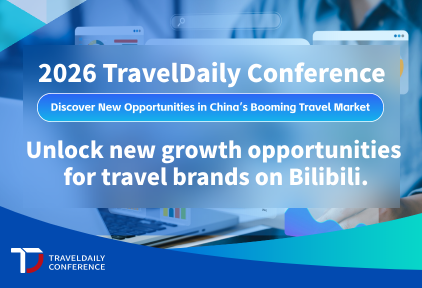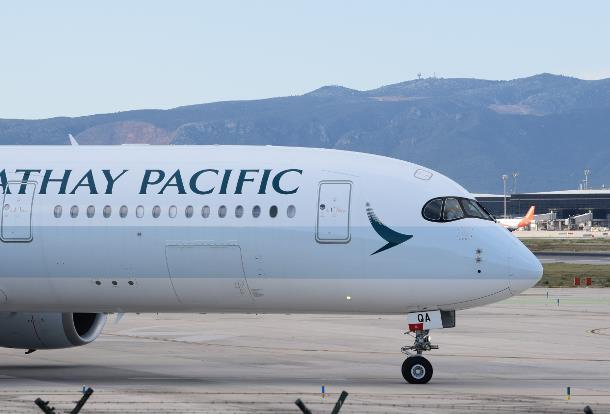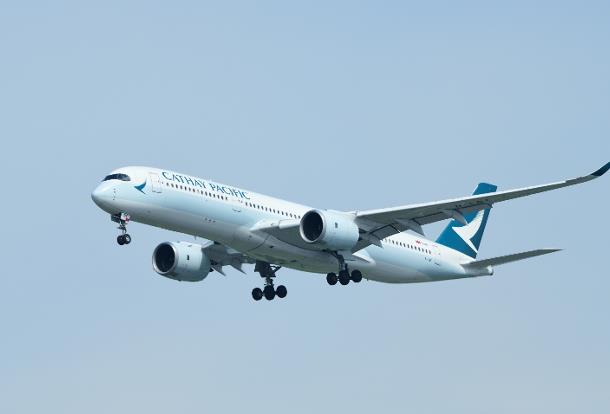ChinaTravelNews, Ritesh Gupta - Content remains as vital a weapon as data and analytics are today in the overall arsenal of any travel brand’s e-commerce ploy.
Just imagine the sort of plumbing that is being done to understand the profile and intent of the traveller.
Even if one manages to merge all data points, and crack the location, device and context, if content’s core message/ information or format isn’t apt the whole exercise would be a lost opportunity!
It might sound a bit surprising, but airlines till date struggle to aptly match the content to the offer even on brand-owned platforms. So even as there is talk of product differentiation – be it for aircraft chosen, seats, Wi-Fi, food etc. – the fact content can be a weak link is perplexing. This needs to be looked at, even for 3rd party distribution.
In this context, it was interesting to evaluate how Cathay Pacific Airways USA has been banking on content resulting from its multi-layered digital and online campaign to inspire and celebrate the diversity of travel in China.

Cathay Pacific’s campaign
Cathay Pacific chose to launch a campaign as it observed that travellers are intimidated by the sheer size and scope of travel in China.
“When we first launched #MyChinaExperience, it was a partnership with travel community Passion Passport. It was a campaign run on both of our websites and our respective social channels. Given that Passion Passport has such a prolific following on Instagram, it innately generated a lot of awareness for us on the campaign,” shared San Francisco-based Robecta Ma, VP of Marketing, Americas at Cathay Pacific Airways. The airline also partnered with Shangri-La as a hotel partner. There were two phases – phase I was contest launch on Instagram, phase II was documenting Kevin M’s (the winner) trip to China on both websites and social channels (including Facebook, Twitter, Instagram and YouTube). “The success story out of the trip was that Kevin’s pictures taken in Shanghai were selected as part of the Apple World Gallery.”
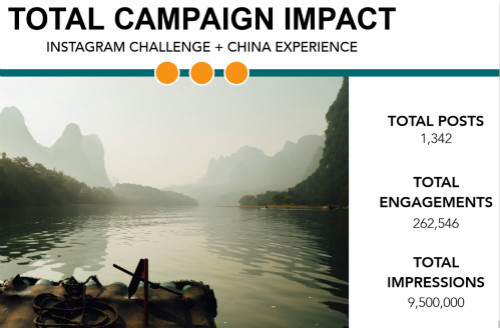
As for demographic breakdown for Passion Passport (according to Google Analytics on flagship site, not including Instagram), “the majority of our audience (~80%) are in their 20s and 30s, with a fairly even split between men and women. Most are located in the US and Canada (~75%) with other locations with strong representation being the UK, France, Hong Kong, Australia, and mainland Europe,” shared Robecta.
Earlier this year, the team also chose to introduce the #MyChinaExperience Tumblr blog to feature unique content curated by Cathay Pacific, including photos, essays, articles, videos and more from contributors.
“Currently our target audience geared towards travellers who are interested in travelling to China, but there will be plans to expand our audience,” said Robecta.
Changing perception about China via content
As I interacted with Robecta, I was keen on knowing whether the group was only looking at creating brand awareness through this campaign or is there any RoI-oriented metric to evaluate the efficacy too.
“(Its) mostly brand awareness but we do occasionally promote destination offers to attract traffic/ conversions to our website,” she said.
But it needs to be mentioned that one of Cathay’s main objective behind this campaign has been to de-mystify this diverse country and invite travellers to explore all that China has to offer. Once the airline succeeds in its objective, this can help in driving more traffic/ filling seats to China. And of course, the airline would hope to capture the most of the demand as it escalates. The airline flies daily to Hong Kong and beyond, including over 22 destinations in Mainland China, from six cities in the USA and two in Canada.
“I think the perception of China being such a huge and vast country through the lens of foreign travellers can be quite intimidating. It is our goal to position ourselves as the gateway to China, educating/ influencing our customers that China is actually an amazing country to visit, full of vibrant local cultures/ food/ art scenes. Through stories/content, we hope to entice people to take the leap and travel to China,” mentioned Robecta.
Banking on content generated
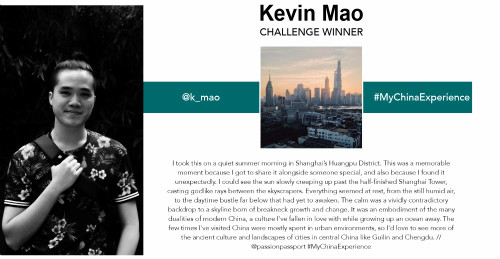
So if we go back to the contest, Instagram Challenge, the airline invited users to post a photo or video inspired by Chinese culture, either in their home city or from travels. The participants had to share how they had been introduced to the culture of this ancient place and where specifically they would like to travel if they win this challenge. During the two-week challenge, Cathay’s Instagram account grew over 8%.
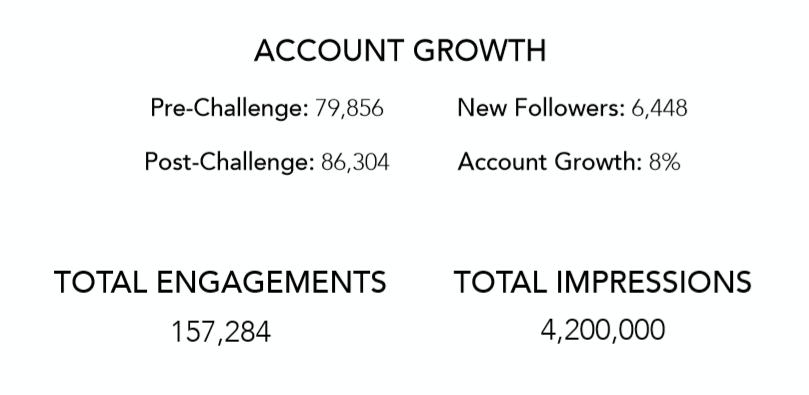
The winner, Kevin Mao, travelled from Hong Kong (1 day) to Guilin (3 days) in southern China to Shanghai (8 days). He ended his China experience in Hong Kong.
So how Cathay is banking on the original travel content that is being generated via this campaign?
“For the last contest, in addition to Kevin and PP’s (Passion Passport) photo/video content, we’ve also been able accumulate great user generated imagery from participants. We have been featuring them on a consistent basis on our own channels, mainly to give credit/to share their stories of travelling to China (or the desire to travel to China),” said Robecta.
Booking funnel
It is important to know whether the industry is general is linking social media platforms/ user generated content to aid the booking funnel of travellers.
For her part, Robecta said the same depends on social channels. So there are cases where the generated content does help in running tactical promotions more effectively.
“We’ve been seeing some great results on Facebook via linking compelling content to a tactical promotion. On other channels, such as Instagram, we still value them as an inspirational channel for the customers. We also want to generate authentic dialogues with our customers, such as providing tips/ recommendations etc. as it’s not always about promoting sales,” she said.
Considering the massive amount of information and content that is available, content related to a particular destination helps a traveller to book a seat. Sharing her experiences, Robecta said, “I actually rely a lot on user generated content to plan my trips (such as browsing bloggers/influencers’ sites and channels, because I crave an authentic travel experience.” She referred to Instagram and Tumblr as “great resources”.
On a parting note, I interacted with Robecta how the travel industry is attempting to understand the intent of travellers in today’s data-driven omni-channel world, and personalising the digital experience of travellers. She said creating personalized experiences on digital channels are particular important in our time starved society. “We have to make sure within a customer’s short attention span, we are able to message our customers with right content at the right time. From an omni-channel perspective, we have seen some great uplift with cross device campaigns for example, because our customers naturally would research/ book trips via multiple devices.”It’s important to look at our own channels holistically to benchmark success, concluded Robecta.

